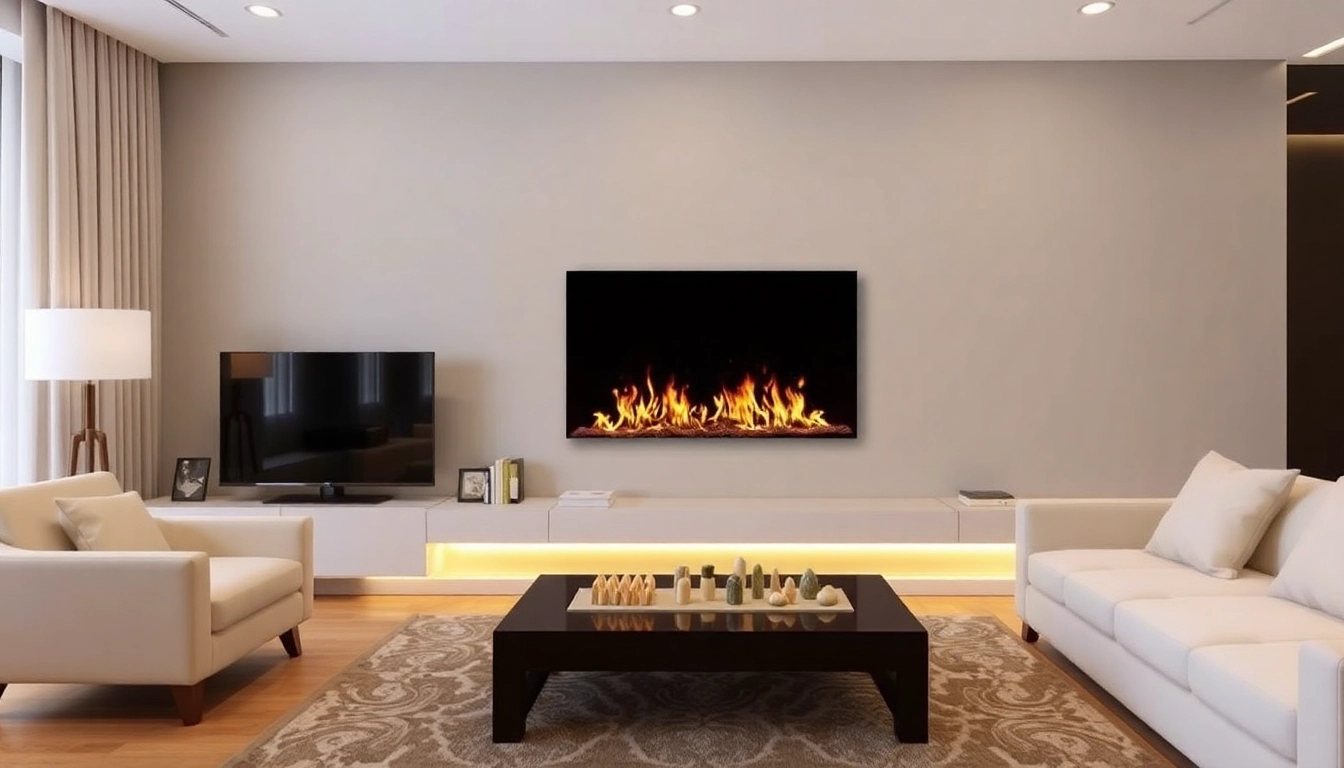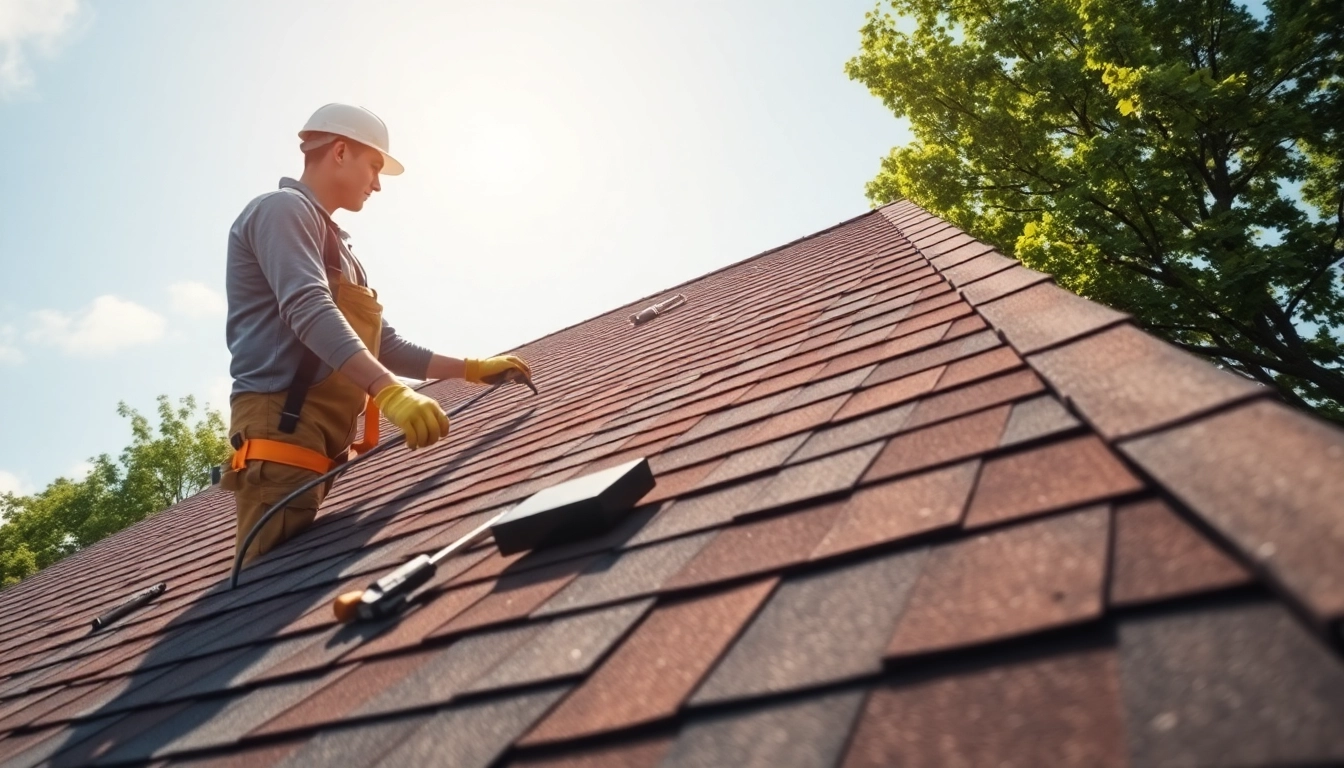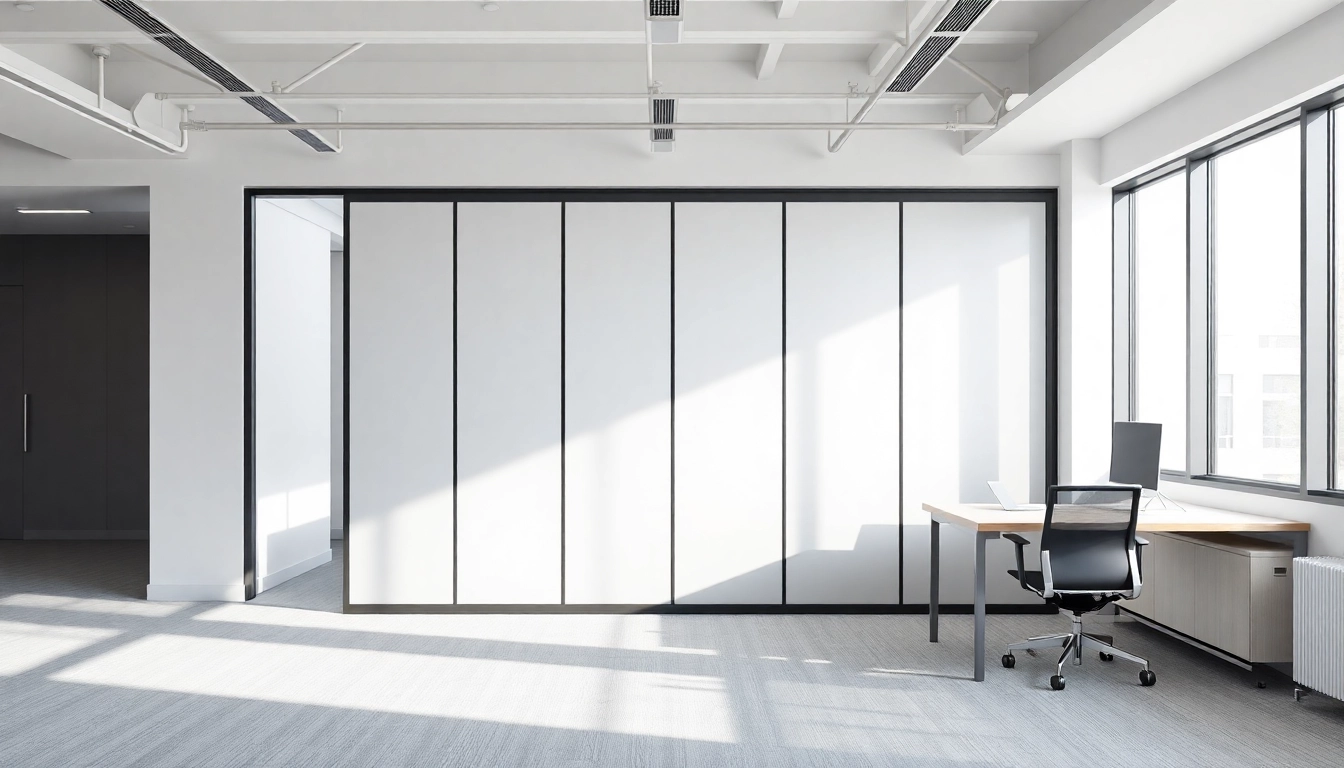Understanding Central Air Conditioning Systems
How Central AC Works
Central air conditioning systems are designed to cool large spaces by circulating conditioned air through a network of ducts. These systems operate using a basic refrigeration cycle involving several components, including the compressor, evaporator coils, condenser coils, and a series of ducts. The compressor compresses the refrigerant, raising its temperature and pressure. The refrigerant then travels to the condenser coils, where heat is released into the outside air, cooling the refrigerant. This cooled refrigerant then moves to the evaporator coils, absorbing heat from the indoor air, which is then distributed throughout your home via ductwork.
Common Components of Central AC
Understanding the components of a central air conditioning system is essential for diagnosing issues, such as when a central air conditioner is not blowing cold air. The main components include:
- Compressor: This component pumps the refrigerant and is vital for moving heat and cooling the air.
- Condenser Coils: Located outside, these coils dissipate heat absorbed from the indoor air.
- Evaporator Coils: These cool the air as it passes over them, allowing the refrigerant to absorb heat.
- Expansion Valve: This device regulates refrigerant flow into the evaporator coils.
- Ducts: The pathway through which cooled air is distributed throughout the home.
- Thermostat: This controls the temperature setting of your AC system.
Signs Your AC Needs Troubleshooting
It’s important to recognize the signs that your air conditioning system requires attention. Common indicators include:
- No cold air or warm air blowing from vents.
- Unusual noises during operation.
- Increased energy bills without increased use.
- Frequent cycling on and off.
- Ineffective cooling of certain rooms.
Top Causes of Central Air Conditioner Not Blowing Cold Air
Refrigerant Issues and Their Impact
One of the most common reasons a central air conditioner fails to blow cold air is issues related to the refrigerant. Low refrigerant levels—often due to leaks—can prevent sufficient cooling. Refrigerant does not get consumed; therefore, if you find low levels, it’s essential to locate and fix any leaks. Signs of refrigerant issues include ice buildup on the coils or a hissing sound near refrigerant lines. Regular checks and maintenance can help prevent these problems.
Dirty Filters and Airflow Blockages
Air filters play a crucial role in the efficiency of your HVAC system. When filters are dirty or clogged, they can restrict airflow, resulting in inadequate cooling. It’s recommended to clean or replace your air filters every 1-3 months depending on usage. Additionally, check for blockages in the vents or ducts, as dust and debris can hinder the air circulation necessary for effective cooling.
Thermostat Malfunctions and Misconfigurations
Your thermostat regulates the temperature settings of your AC. If malfunctioning or improperly set, it can lead to your system blowing warm air. Verify that your thermostat is set to “cool” and has functioning batteries. If issues persist, consider a professional assessment to check for any internal malfunctions or the need for recalibration.
Troubleshooting Techniques for Homeowners
DIY Checks Before Calling a Professional
Before seeking professional help, you can perform several simple checks. Start by ensuring the thermostat settings are correct and confirming that the unit is powered on. Also, inspect the air filter for clogs and clean or replace it as necessary. Reviewing the circuit breaker that powers the AC can also determine if there are electrical issues preventing operation.
When to Reset Your Central AC System
Resetting your central AC can sometimes resolve minor glitches. To reset, turn off your thermostat and power off the AC at the circuit breaker. Wait a few minutes before turning the system back on. Follow any specific reset instructions your unit’s manufacturer may provide.
Common Quick Fixes for Cold Air Issues
Here are some quick fixes that might help restore cold air to your central AC system:
- Change the air filter if it’s dirty or clogged.
- Ensure all vents are open and not blocked.
- Check for ice on the evaporator coils, indicating low refrigerant.
- Inspect and clean the outdoor condenser unit.
Preventive Maintenance for Optimal Performance
Regular Cleaning and Filter Changes
Regular maintenance is critical to ensuring your central air conditioning system runs efficiently. Schedule routine cleaning of the condenser coils and check air filters monthly. Consider creating a maintenance calendar to track when each task should be conducted to prevent buildup and performance issues.
Seasonal Inspections by HVAC Professionals
Hiring an HVAC technician for seasonal inspections can uncover potential issues before they escalate. Technicians can check refrigerant levels, inspect ductwork for leaks, and ensure all components are functioning correctly. This inspection should ideally be conducted in the spring before the hot months begin.
Upgrades for Better Cooling Efficiency
If your central air conditioning system is older, it may be time to consider upgrades. Modern systems boast improved energy efficiency and better cooling performance. Look for units with a high SEER (Seasonal Energy Efficiency Ratio) rating, and consider programmable or smart thermostats to better manage your energy use.
When to Seek Professional Help
Identifying Complex Problems
While many issues can be resolved through DIY methods, some problems require professional diagnosis. If your central AC unit is continuously malfunctioning, despite your troubleshooting attempts, or if you suspect an issue with the compressor or electrical components, get in touch with an HVAC professional. Attempting to fix complex issues without proper training can lead to larger problems and costly repairs.
Understanding Repair Costs and Options
Repair costs can vary significantly based on the issue and local market rates. Hiring a technician could range from a minimal service charge for regular maintenance to several hundred dollars for extensive repairs. Always request a detailed estimate before work begins to avoid surprises.
Choosing the Right HVAC Professionals
Choosing a qualified HVAC professional is crucial. Look for licensed and insured technicians with good reviews. Ask for recommendations from friends, family, or local online communities. Confirming that they have experience with your specific AC model can also ensure they are well-equipped to handle your repair.



